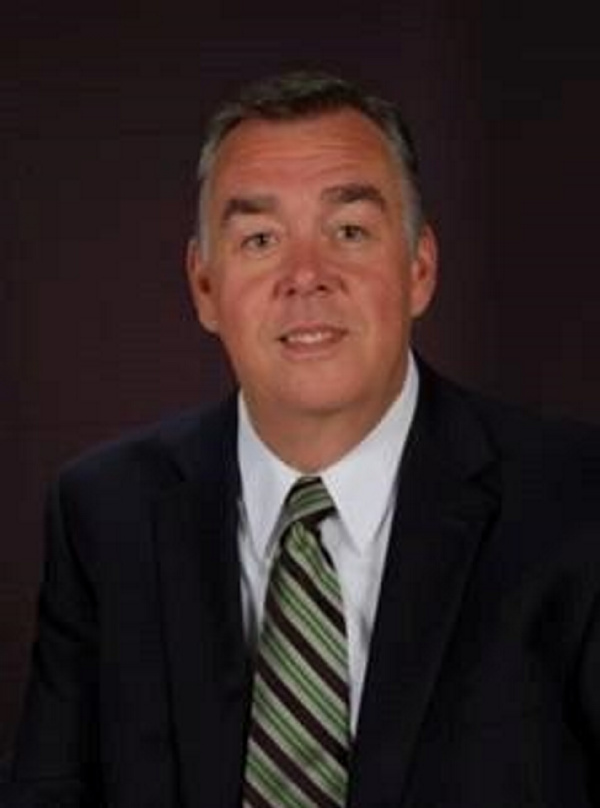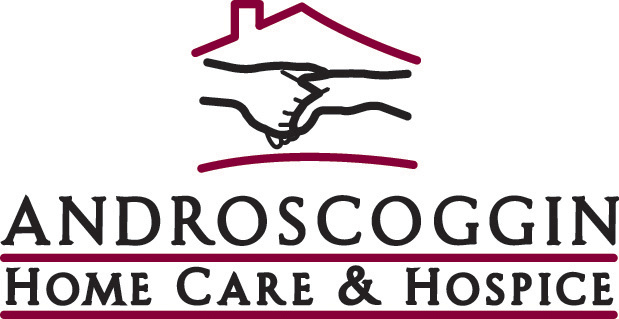Name: Ken Albert
Age: 52
Title: President and CEO
Company: Androscoggin Home Care & Hospice
About: Largest independent nonprofit agency providing skilled professional home health and hospice care in people’s homes in 150 communities in seven counties, including Augusta.
Website: www.ahch.org
What’s your biggest challenge right now?
One of the biggest challenges is recruiting professional staff. We have a nursing shortage in the state, which is growing rapidly. By 2020, we’re going to need 3,500 new nurses employed in this state.
(We provide) physical therapy, occupational therapy, speech therapy and medical social work. We don’t have a robust physical therapy training program in this state. It’s not spread out. So we have a shortage of physical therapists in the state as well. Our challenge is really around ensuring we have the right staff to meet the needs of the patients.
We have a larger number of licensed processionals that are aging out of the workforce than (we have) graduates. The governor has a task force that is collaborating with the university system and private education to address the nursing shortage. When you can bring academia together and identify strategies, like tuition reimbursement or other incentivized programs to attract people to the profession, it’s a strategy that has worked.
The aging workforce means we have an aging population of nursing professors as well. Right now in the state, 32 percent of full-time educators are over age 60. When you compare to nurses in general, 30 percent of full-time nurses are age 55 to 64. About 12,000 nurses in the state are over 45 years of age. The remaining nurses, about 7,800 more, are 44 and under.
What’s the best advice anyone has given you?
First and foremost, to be thankful and be appreciative for what you have and what’s given to you, from my grandfather, Ron Ouellette. We lived right next door to him, so I had a lot interaction with him growing up in Augusta, and he had a lot of influence in my life.
For professional advice — make your staff successful. That’s been a mantra through my leadership career. When you endeavor to create a culture for your staff to be successful, the organization or the business will be successful. I can’t remember if I read it in a book, but it’s something that really resonated with me. It’s been a heartfelt strategy over the years. I’ve seen it work whether in government or a business field or the healthcare field because it’s about human beings. I think we all want to be successful. When we’re given the right tools and the right culture and the right environment to get our work done, to feel like we are valued, then that creates success for the organization you are in.
How do you foster creativity in yourself or your staff?
That goes back to culture as well. First and foremost, your staff needs to feel like they are working in an environment where they can bring ideas forward, where innovation matters and where leadership endorses the whole concept of creativity. It’s one thing to bring ideas forward, but you have to close the communications loop. If an idea or creativity isn’t something you can implement, you need to get back to the person with the reason why, so you know and they know the culture of creativity is continually fostered.
What’s your biggest fear?
I am a firm believer in home- and community-based services. People would rather be cared for in their home and in the community where they live, rather than traveling 60 to 80 miles to a hospital. My biggest fear is that the regulatory and reimbursement framework for home- and community-based services is creating the potential — particularly for a rural state like Maine — for denied access.
Let’s take Rangeley as an example. My staff travels to Rangeley to take care of you. But the cost is so prohibitive to send staff to the more rural areas of the state, it reduces access. Given the value of home care and hospice in the continuum of care — there’s primary care, acute care being the hospital and post-acute care is the home care arena — there’s a value to have providers to deliver that care. When access is denied for a portion of that continuum, it limits choices for people. We have a situation here where the demand for home health care and hospice is really high because of our aging population. We have high rates of chronic disease, and we have overall modest to lower incomes in comparison to other states.
There have been nine reimbursement-reduction strategies by the federal government on Medicare (the federal health insurance program for people 65 and older) since 2011 to squeeze markets. The policy is to adjust markets like Boston and Texas and other much more urban areas where you have large numbers of players and try to squeeze smaller players out. That same policy is being applied to providers in rural parts of the country where the cost of providing care is already higher because we pay our employees for travel. Getting folks out there to meet the demand costs us more.
Right now there are over 12,000 Medicare-enrolled home health care providers in the country. The federal strategy is to reduce to 4,000 to 6,000 in the next decade or less. I don’t want to scare you — the goal is not to have access denied or parts of the country not covered. The goal is to have larger providers cover larger geographic areas. That goal doesn’t translate to rural areas like Maine. There are large swaths of the state that are covered by single providers like myself. There aren’t a bunch of us.
Where do you see your industry in five years?
I see another federal policy design when more health care will be provided in a home setting or a home-community and our hospitals being used for absolute acute requirements. I see a shift. The goal is to have 80 percent of health care delivered in a home or community setting.
People think of home health as people who go in and help with laundry and meals. That’s not what we are providing. The patients we’re taking care of in homes now would have been in the hospital even two or three years ago. I have more physicians and nurse practitioners on my staff now than I ever have had going into homes. It’s a whole new world for home health and hospice.
As far as my staffing goes, I am doing things like having sign-on bonuses the likes of which we’ve never seen before. But I can either pay a high sign-on bonus or I can pay a company to have to have a traveling therapist or a traveling nurse, the costs of which are exorbitant. Last year, I paid over $1 million to have traveling therapists here. The strategy I am using right now is $25,000 sign-on bonuses paid out over two years for physical therapists. If I fill five positions, I’m spending $125,000 as opposed to $1 million. It’s not rocket science; it’s easy math.
The other thing we’re doing is working with our congressional delegation to identify laws that can be implemented to help the profession be able to manage the volume and level of medical conditions we’re dealing with. Our delegation is very receptive to sponsoring bills and getting active in endorsing bills that promote the home-health industry.
Copy the Story LinkSend questions/comments to the editors.




Success. Please wait for the page to reload. If the page does not reload within 5 seconds, please refresh the page.
Enter your email and password to access comments.
Hi, to comment on stories you must . This profile is in addition to your subscription and website login.
Already have a commenting profile? .
Invalid username/password.
Please check your email to confirm and complete your registration.
Only subscribers are eligible to post comments. Please subscribe or login first for digital access. Here’s why.
Use the form below to reset your password. When you've submitted your account email, we will send an email with a reset code.